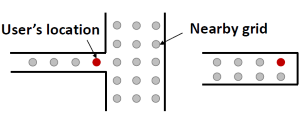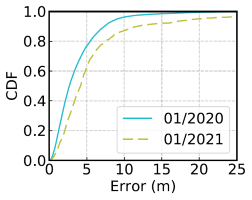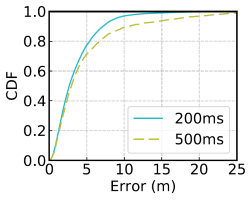Abstract
We report our experiences of developing, deploying, and
evaluating MLoc, a smartphone-based indoor localization
system for malls. MLoc uses Bluetooth Low Energy RSSI
and geomagnetic field strength as fingerprints. We develop
efficient approaches for large-scale, outsourced training data
collection. We also design robust online algorithms for localizing
and tracking users’ positions in complex malls. Since
2018, MLoc has been deployed in 7 cities in China, and used
by more than 1 million customers. We conduct extensive evaluations
at 35 malls in 7 cities, covering 152K m^2 mall areas
with a total walking distance of 215 km (1,100 km training
data). MLoc yields a median location tracking error of 2.4m.
We further characterize the behaviors of MLoc’s customers
(472K users visiting 12 malls), and demonstrate that MLoc is
a promising marketing platform through a promotion event.






